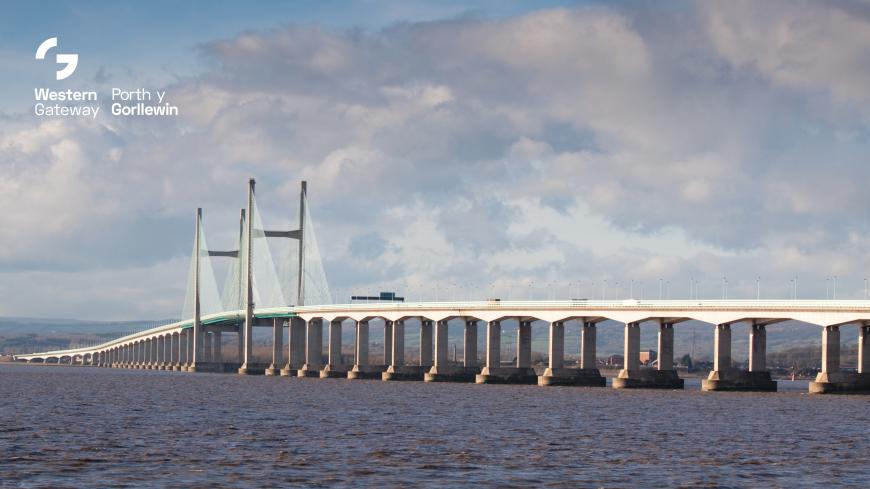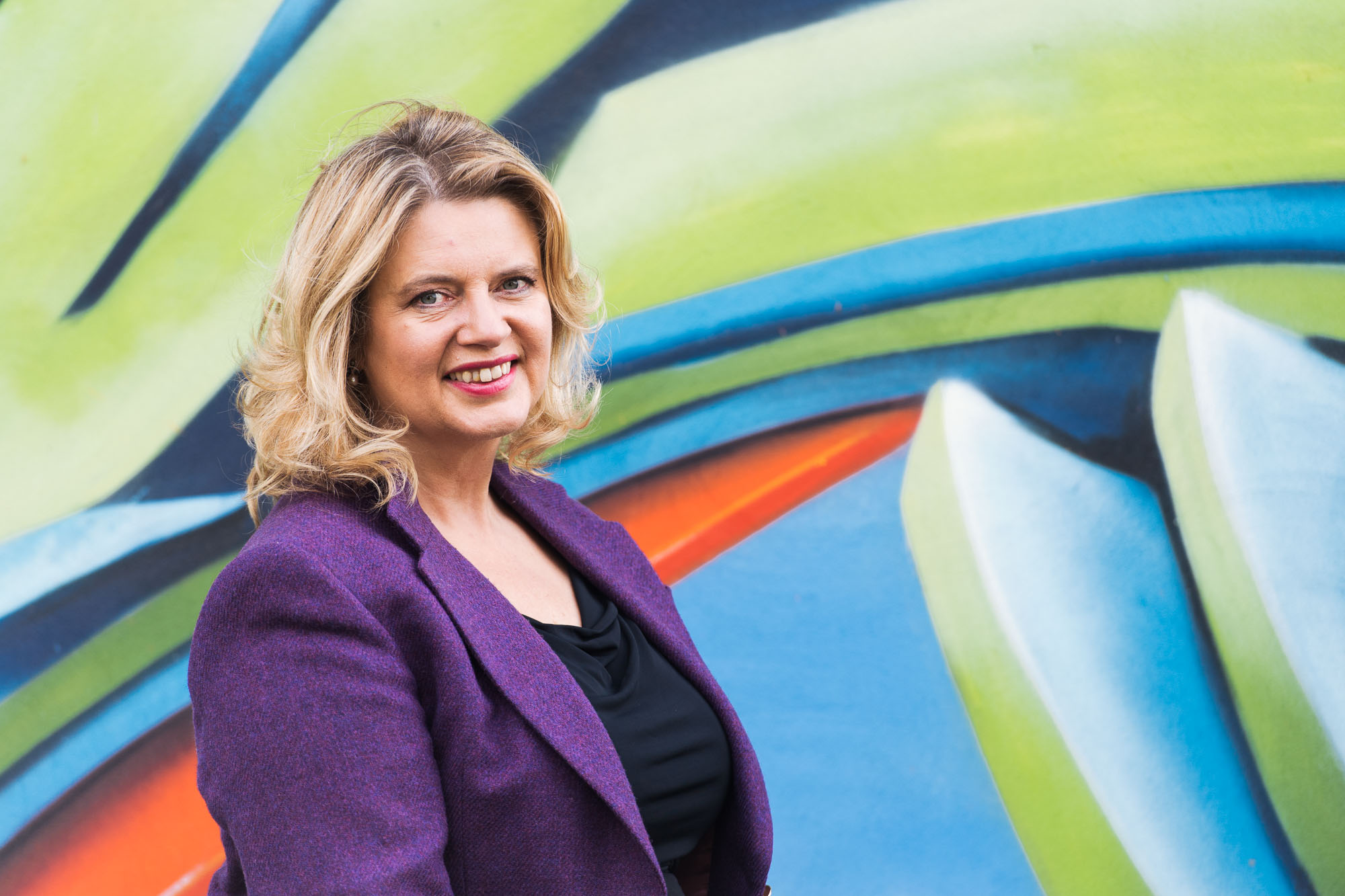
Do the answers to the UK’s climate lie in the west?
Now COP26 has finished, we need new solutions to prove that the UK can achieve the government’s goal and reach net zero by 2050. Now, a partnership between South Wales and western England is poised to become a green energy super cluster. By Katherine Bennett CBE, Chair of the Western Gateway Partnership.
Now COP26 has come to a close, it’s time for action rather words.
Over the last year, we’ve all seen evidence of the potential dangers of our warming climate and the world has watched as global leaders have come together to make commitments to try and turn the tide.
We know that talking will not be enough and I echo the words of Sir David Attenborough, “the time to act is now”.

As Chair of the Western Gateway, the economic powerhouse that connects communities in England and Wales, I know our communities’ skills, industrial strengths and natural assets will need to form an essential part of the UK’s efforts to achieve net zero and build back after the pandemic.
We can do all this whilst also better connecting communities across the union and levelling up pockets of acute local deprivation.
Already, our area is home to many projects which are attempting to develop vital new sources of green energy.
Fusion energy has been highlighted by the government as having potential to be the ultimate clean power solution. Western Gateway has been at the front of a bid to bring the UK’s first STEP Fusion prototype plant to the area.
Our Severn Edge site in Gloucestershire would make use of a decommissioned plant that pioneered nuclear fission energy and be nearby to the UK’s National fusion laboratory at Culham, high temperature technology at Barnwood, plus the enormous active supply chain around the Hinkley C project.
Not only do we have the expertise based here, but this is also an opportunity to support communities at risk of being left behind within and beyond our boundaries, providing work for digital specialists in the Forest of Dean, the steel industry in South Wales and lithium mines in Cornwall.
Beyond fusion our partners in Swansea have just announced the ground-breaking Blue Eden project, a new business development that will be powered by a newly designed tidal lagoon. The project will create over 2,500 permanent jobs and support a further 16,000 jobs across Wales and the UK, while creating additional jobs during its construction.
We are also home to a Hydrogen corridor, running along the M4 from the South Wales Hydrogen Industrial Cluster to the Hydrogen Hub in Swindon. This sits alongside one of the largest global clusters for aerospace and defence engineering, hosting 14 of the 15 largest design and manufacturing firms in the world locally. These organisations are already looking to collaborate with other experts to develop the clean renewable energy we need to fuel the larger goods vehicles, planes and trains of the future.
But this isn’t even starting to scrape the surface on what we’re capable of.
The Western Gateway has been a powerhouse of digital innovation for some time. We want to use this strength to help fast forward the digitalisation of the energy sector – allowing us to reduce emissions as we look to trade, manage and consume energy differently.
Our powerhouse has developed proposals for a virtual centre of excellence that would use digital twins and virtual assurance processes to halve the time it takes for Hydrogen systems and other next generation clean energy solutions, such as ultra-large wind turbines, to get to market.
The Severn estuary also lies in the centre of our partnership and, with the second largest tidal range in the world, has huge potential as a source of green energy which could provide 7% of the UK’s total energy needs. Harnessing this clean renewable energy has been talked about over many decades but the need to decarbonise our economy, combined with advances in technology, means the time is right to look at this again.
Already projects in Swansea and Cardiff are in development to see how tidal lagoons can help support local energy supplies. We want to bring our collective areas together to look at what else we can offer.
We are looking at the potential of setting up an independent commission to explore this in depth, with experts in the environmental, economic and technical aspects of such a project to see what is possible now.
All of this is just a glimpse into what we want to achieve.
Despite many advantages our area still has pockets of inequality with some areas in the highest level of deprivation in the country. This has huge impacts on our communities and means that a man born in South Gloucestershire can expect to live a full five years longer than someone born in Blaenau Gwent.
We believe the UK’s first green energy super hub could be developed right here in the Western Gateway. Not only can we provide the vital skills and resources to make this a success, but it can also be a catalyst to create essential new opportunities for those at risk of being left behind.
I’m looking forward to seeing how we can state our case to Government in the coming months as we look to announce a new programme of work and start to deliver for the UK.
